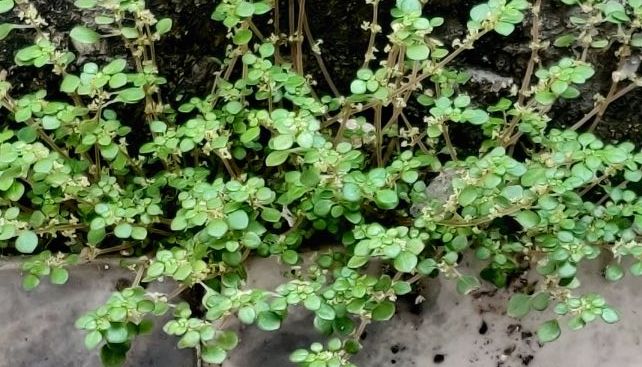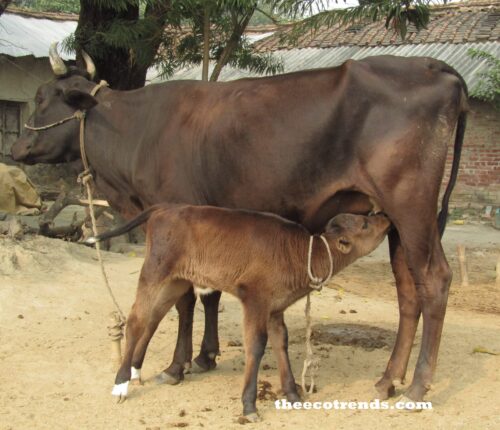The digested food is absorbed into the body from where it is distributed to all its cells.
Inside cells, the nutrients either assimilate to produce new compounds to perform different functions or get oxidized to liberate energy for body functions.
Energy liberating substances, basically glucose and fat enter into this process and hence, these substances are called as Energy Liberators.
The process through which the chemical energy trapped inside molecules of nutrients is released and stored inside the molecules of Adenosine Tri- Phosphate or the ATP followed by production of water and carbon dioxide as byproduct, is called as respiration. Let us define this process.
The complex bio-chemical process in which energy is released through stepwise degradation of organic substances under the influence of bio-catalysts or enzymes is called as respiration.
Carbon dioxide and water are produced as byproducts in this process
The whole process of respiration can be demonstrated through a single chemical equation mentioned below –
C6H12O6 + 6O2 ——– 6CO2+ 6H2O+Energy (38ATP or 2830 kilo Joule)
Respiration and Breathing
We know that respiration is a biochemical process. However, this process cannot go on without breathing.
What is breathing? Breathing is a mechanical process in which oxygen is taken inside the respiration system and carbon dioxide is given out from it.
In other words, Breathing is the mechanism that land (terrestrial) animals use to bring oxygen into the bodies and to remove carbon dioxide from their bodies.
Respiration is the overall process for producing energy in the form of Adenosine TriPhosphate (ATP) from the fuel and oxygen that an organism acquires.
Respiration in Plants
Do plants breathe?
No, plants do not breathe as they cannot use muscles to draw the atmospheric oxygen into leaves.
They take in oxygen through minute pores found in their leaves through the process of diffusion and give off carbon dioxide through the same. Rest of the process of respiration in plants is the same as in any other organism i.e. the oxidation of stuffs, liberation of energy and release of carbon dioxide and water through simple process of oxidation.

Like animals, plants use oxygen in the process of breaking down carbohydrates, and use the energy released for basic metabolic functions such as repairing and replacing tissues, and building complex molecules like proteins and oils.
During respiration, plants, like us, release carbon dioxide and water vapour. Plants only photosynthesize in the presence of light, but they are continuously respiring, day and night. Even so, overall they release much more oxygen during photosynthesis than they consume during respiration.
respiration, breathing, plants ,animals




